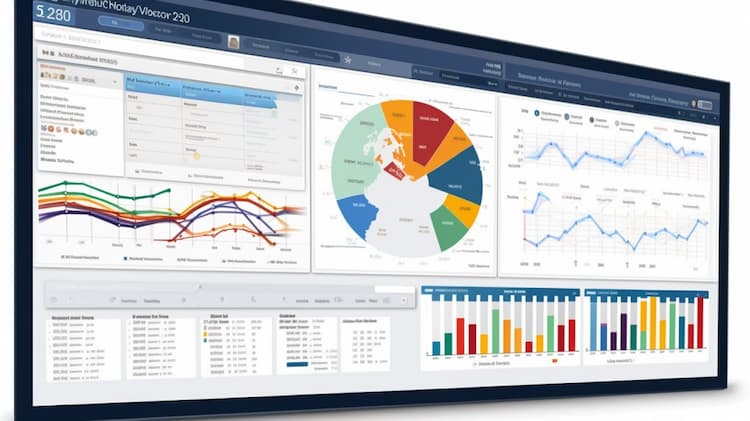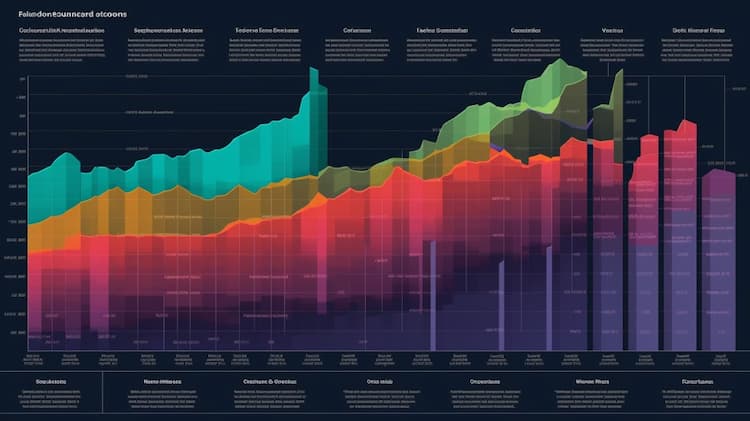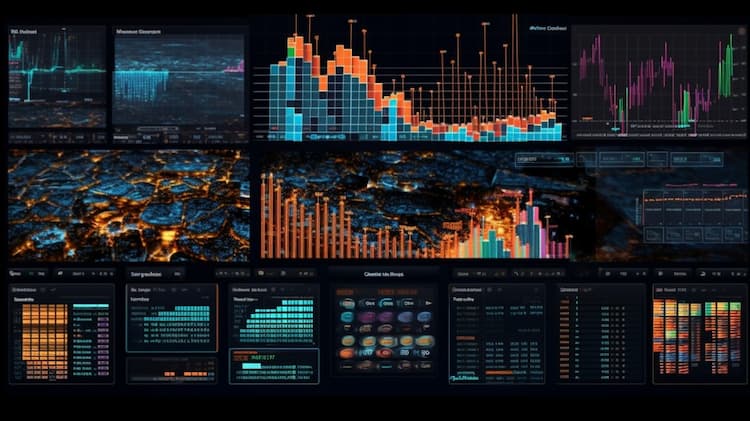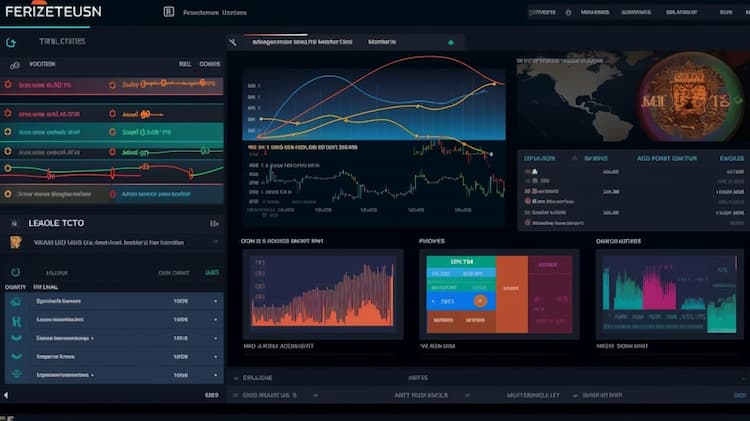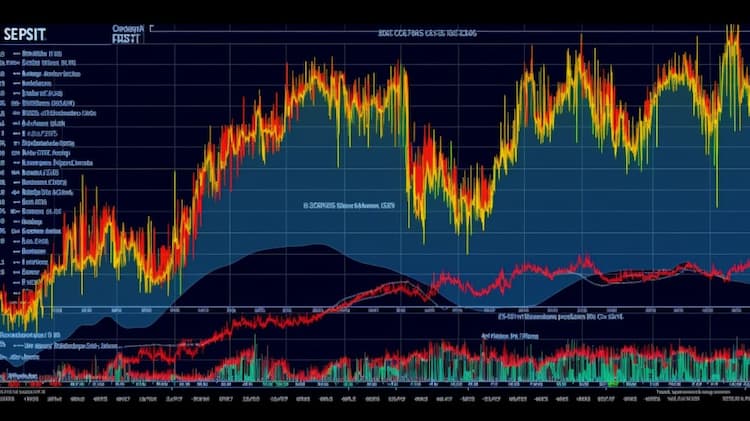
IEO VS ERY
Exchange-Traded Funds (ETFs) have transformed the way investors approach the financial markets, offering diversified exposure to a wide range of sectors and asset classes. In this article, we will conduct an in-depth comparison between two prominent ETFs: IEO (iShares U.S. Oil & Gas Exploration & Production ETF) and ERY (Direxion Daily Energy Bear 2X Shares). We'll delve into various key aspects including their tickers, full names, issuers, sectors, top holdings, capitalization, strategy, tracking methods, and exposure.
IEO Vs ERY: Overview
IEO and ERY represent ETFs with differing investment strategies within the energy sector. While IEO is designed to provide exposure to U.S. oil and gas exploration and production companies, ERY takes a unique approach by seeking to achieve double the inverse daily performance of the Energy Select Sector Index. This fundamental difference in their objectives has significant implications for investors, which we will explore further in subsequent sections.
IEO Vs ERY: Sectors and Top Holdings
The IEO ETF primarily focuses on companies involved in the exploration and production of oil and gas. Its top holdings include giants like ConocoPhillips, EOG Resources, and Pioneer Natural Resources. On the other hand, ERY's strategy involves aiming for inverse daily returns of the energy sector, with holdings and weightings adjusted to achieve this goal. Understanding the sectors and top holdings of these ETFs enables investors to align their investment decisions with their specific goals and risk tolerance.
 IEO overlap IEO VS ERY
IEO overlap IEO VS ERY
IEO Vs ERY: Capitalization and Strategy
The iShares U.S. Oil & Gas Exploration & Production ETF (IEO) has amassed a considerable asset under management (AUM), highlighting its popularity among investors seeking exposure to the energy sector. ERY, as a leveraged inverse ETF, is designed to capitalize on downward movements in the energy sector. This strategic distinction in terms of capitalization and investment strategy can have profound implications for potential returns and risk exposure, making careful consideration paramount for investors.
IEO Vs ERY: Tracking and Exposure
IEO seeks to track the performance of the Dow Jones U.S. Select Oil Exploration & Production Index, offering investors exposure to the underlying index's returns. In contrast, ERY leverages daily returns that are twice the inverse of the Energy Select Sector Index, providing investors a tool to potentially profit from short-term declines in the energy sector. Understanding the mechanics of tracking and exposure is essential for investors to align their ETF choices with their market outlook and investment horizon.
Conclusion
IEO and ERY present distinct approaches to investing in the energy sector, catering to different investor preferences and market views. For those seeking a deeper understanding of these ETFs' holdings, correlations, overlaps, and other critical insights, ETF Insider emerges as a valuable tool. With its user-friendly app, ETF Insider equips investors with comprehensive information on these financial instruments and more.
Disclaimer: This article is provided for informational purposes only and does not constitute investment advisory services. Investors should conduct thorough research and consult with financial professionals before making any investment decisions.
Sources:
https://www.ishares.com/ IEO ETF issuer
https://www.ishares.com/us/products/239517/ishares-us-oil-gas-exploration-production-etf IEO ETF official page
ERY quote and analysis
Discover the top holdings, correlations, and overlaps of ETFs using our visualization tool.
Our app allows you to build and track your portfolio.
To learn more about the ERY Direxion Daily Energy Bear 2X Shares, access our dedicated page now.
FAQ
Why is IEO better than ERY?
IEO may be considered better than ERY for some investors due to its specific focus, offering diversification.
Does ERY beat IEO?
ERY's performance relative to IEO will vary over time, depending on market conditions.
Should I invest in IEO or ERY?
The choice between IEO and ERY should align with your investment goals, risk tolerance, and desired exposure.
Are IEO and ERY good investments?
Both IEO and ERY can be suitable investments depending on individual investment strategies, goals, and risk profiles.
What is the correlation between IEO and ERY?
The correlation between IEO and ERY can vary over time, reflecting differences in performance.












